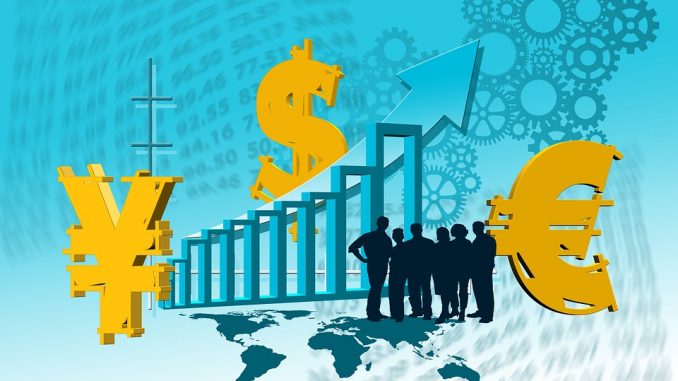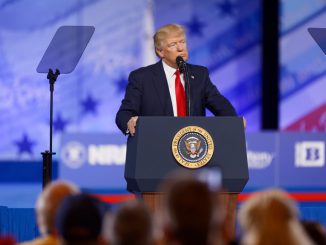
Apart from being a huge income source for some people, the Forex trading industry can also be a very fun and exciting hobby. It should be mentioned that while global stock market trading volumes are estimated to be at around 22.4 billion dollars a day, the Forex markets are sitting at no less than $5 trillion a day. Any willing person can easily get started with Forex in just a few steps.
Here I would like to provide some simple and fun learning insights about the world of Forex, so that you can eventually start taking on this beautiful journey that hundreds of thousands of traders have already jumped into. Of course, you should always be careful about your trading, there are quite a few people with bad intentions here and there, looking to fraud people online.
In this short series I want to highlight the basic information that any trader, whether novice or professional, should know, in order to start trading on the Forex markets safely, without being cheated.
Forex Trading Basics – Key Terms
The main currency that you will be trading is called the “base” currency, and the currency you’re buying is called “quote” currency. In simple terms, in Forex you are selling a currency in order to buy another one, hoping to profit from the eventual growth of the latter.
The “exchange rate” defines how much you need to spend from the quote currency, in order to buy the base currency.
“Long” position means that you are buying the base currency and selling the quote one; for example, you’re selling the USD in order to buy GBP.
“Short” position means the opposite: you’re buying the quote currency and selling the base one.
“Bid” (also called Offer) refers to the price that your broker is willing to buy the base currency against the quote one. The bid price is the best price you can sell the quote currency for on the market, at a given moment.
“Ask” (also called Request) is the price that your broker is able to sell the base currency against the quote currency. Accordingly, this is the best price you can buy the base currency on the market.
“Spread” means the difference between the bid and ask prices.
Deciding what currency you’re going to trade
It is always recommended to do a proper research before choosing your currencies, and keep an eye on forecasts. If you think, for example, that future political and economic decisions will cause the USD to go down, you could sell the USD against a currency of a country whose economy is stronger at that particular time.
Always make sure to look at the current economic situation of the country of the currency you wish to trade. If it has many commodities with a huge demand, for example, the country will likely export these goods in order to generate profits. This will usually boost the country’s economy, enhancing the value of its local currency.
Take advantage of political events. When elections take place, if the winner has many financial promises on his agenda, it will usually boost the country’s currency.
Read as many reports and economic data as you can. Stay up to date with GDPs, employment rates, inflation, and other important economic data that has a strong impact on the country’s currency.
Learning to calculate profits
A “Pip” or point refers to the change in value between two currency pairs, with one point usually representing 0.0001 of the change. For example, if the EUR/USD moves from 1.750 to 1.751, we say it’s value has increased by 10 pips.
Multiply the number of pips the pair has changed by to the exchange rate. This calculation will tell you how much your account’s value has increased or decreased.
Follow us and stay tuned for the next parts, with even more fun educational articles about the Forex world!




Be the first to comment